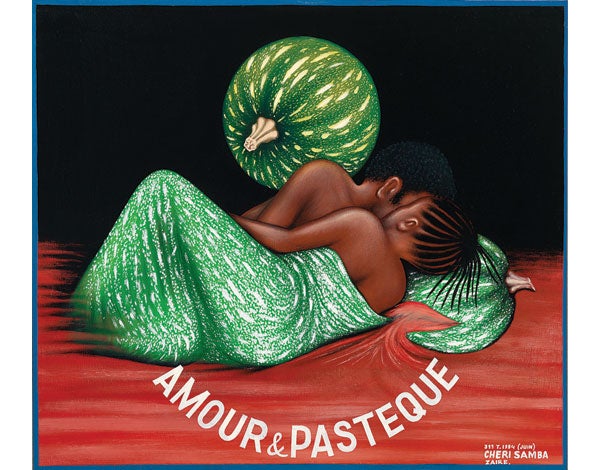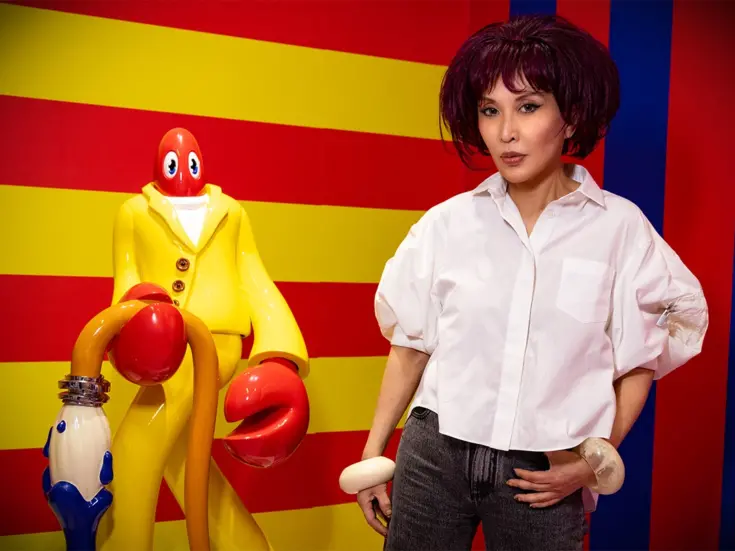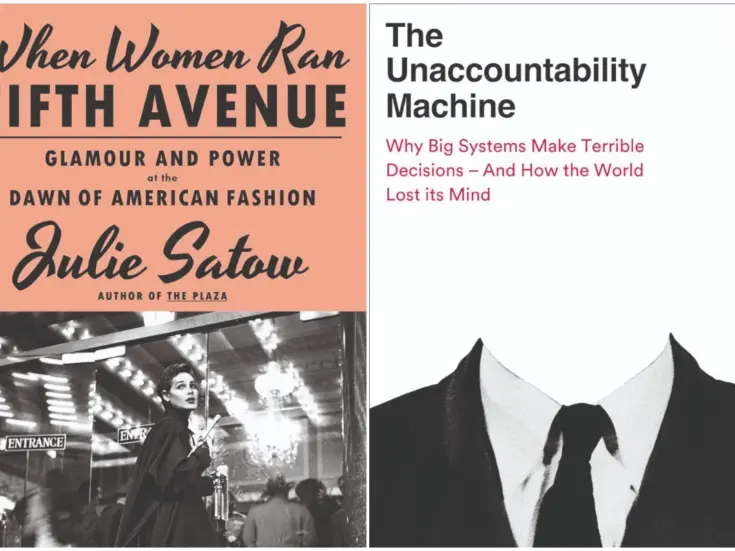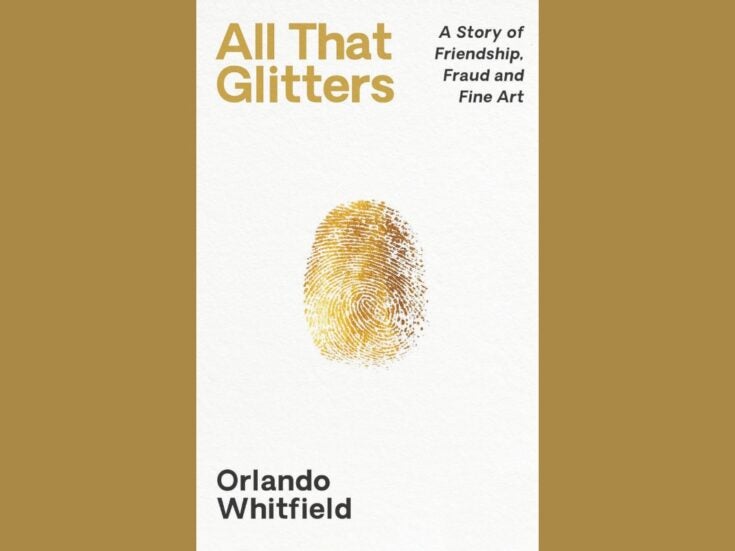
African Contemporary art is making rapid inroads into the Western art world ’ about time too, says Farah Nayeri
An ornate African sculpture sits in the main exhibition at this year’s Venice Biennale. The Knowledge Throne (2014), by the Mozambican artist Gon’alo Mabunda, has tall legs and a backrest in the shape of an elongated mask. On closer inspection, it turns out to be made entirely of decommissioned weaponry: rifle butts, mortar shells and shell casings used in Mozambique’s deadly sixteen-year civil war.
Today, Mabunda is a poster boy of African Contemporary art, and a hit with London-based collectors. Thrones similar to the Venice one are on sale for ’12,000 at his London dealership, the Jack Bell Gallery. In October, two of his thrones and a group of sculptures are to be auctioned off in a special Africa auction at Bonhams.
Mabunda’s success is emblematic of the surging Western interest in African Contemporary art — and of the increasingly active role played by London’s dealers, auction houses, museums and art fairs. Since 2009, Bonhams has been staging ‘Africa Now’, which it describes as the only auction series devoted to African Contemporary art.
Since late 2011 Tate has had an Africa acquisitions committee and a curator specialising in the continent. The 1:54 African art fair (a reference to the continent’s 54 countries) has been held every year since 2013 at Somerset House during Frieze Week; the inaugural US edition was held in May 2015 to coincide with Frieze New York.

Pictured above: ‘Untitled triptych’ by Leonce Raphael Agbodjelou (Demoiselles de Porto-Novo series, 2012), courtesy Jack Bell Gallery
Why the sudden appetite? ‘People are growing a little bit tired of seeing the same things over and over again on this global circuit, and they’re interested in new, fresh work,’ says Australian-born Jack Bell, whose gallery has been a launchpad for artists from West Africa since its birth in 2010. ‘This work is incredibly undervalued, it’s high quality, it has visual punch and it has incredible depth to it, both historically and culturally,’ not to mention ‘a contemporary language’ recognisable in the West, he adds.
Auctioneers confirm a thirst for the new. ‘The art world is always looking for the next big thing, and Africa is an emerging market in the same way that India and China were before,’ explains Hannah O’Leary, head of Modern and Contemporary African art at Bonhams. ‘Canny collectors are looking at what the big museums are investing in: Tate, MoMA and the Smithsonian have all been quietly acquiring art from Africa for the past decade.’
The exhibition that first brought Contemporary African art to the West’s attention was Magiciens de la Terre (‘Magicians of the Earth’), held in 1989 at the Pompidou Centre and the Grande Halle de la Villette in Paris. Curated by Jean-Hubert Martin — with help from Andr’ Magnin, a dealer in African art — it showed living art from all five continents and unusually gave equal billing to Westerners such as Louise Bourgeois, Marina Abramovic and Christian Boltanski and artists from Africa, Asia or Australia.

Pictured above: ‘Le calendrier lunaire’ (1979) by Congo’s Mode Muntu, courtesy Fondation Cartier
The exhibition was a riposte to the ‘Primitivism in 20th Century Art’ show at the Museum of Modern Art in New York five years earlier. That exhibition had juxtaposed the works of European artists such as Gauguin, Picasso and Modigliani with more than 200 nameless tribal objects from Africa, Oceania and North America, borrowed from museums and from artists’ personal collections.
One African artist shown at Magiciens de la Terre was the Congolese painter Ch’ri Samba — a star of the current Beaut’ Congo exhibition at the Fondation Cartier in Paris (on until mid-November). Samba also has three pieces coming up for auction at Bonhams in October, the priciest estimated at as much as ’35,000.
’Magiciens de la Terre demonstrated to Westerners that there were actually people in other parts of the world making art,’ Samba said in an interview. ‘The exhibition played an absolutely instrumental role in bringing my work and that of fellow African artists to the attention of the rest of the world.’
It wasn’t until the new millennium that living African art started to gain traction in the West. Africa Remix at the Hayward in 2005 — labelled the biggest exhibition of Contemporary African art ever seen in Europe — showed more than 60 artists from 25 countries. They included El Anatsui of Ghana, represented in London by the October Gallery, a pioneer in promoting non-European art.

Pictured above: From Leonce Raphael Agbodjelou’s 2012 Citizens of Porto-Novo series, courtesy Jack Bell Gallery
Bell was, at the time, an art history student at the Courtauld Institute. He worked for the Timothy Taylor Gallery, where he encountered both established and emerging US and British artists. He noticed the same names cropping up at art fairs he attended. In February 2010, he and two others set up a gallery each inside an empty and affordable building near Victoria. Bell, who loved to travel and spent a lot of time in West Africa, was determined to show art from around the world. His first show was of new art from Bangladesh, followed by exhibitions of work from Haiti, Papua New Guinea and sub-Saharan Africa (Mali and Benin).
The Africa show got unexpected press attention. ‘Suddenly the phone started ringing hot, and I got introduced to a bunch of really amazing collectors who were beating a path to the door. That changed my direction,’ says Bell, whose gallery today is a first-floor walk-up next to White Cube in Mason’s Yard.
African art experts say Bell has introduced some of the continent’s well-known Contemporary names to the West. Aboudia, a young graffiti-inspired painter from Ivory Coast, is now collected by Charles Saatchi (who last year included him in the Saatchi Gallery’s Pangaea show of new African and Latin American art) and represented in New York by the Ethan Cohen Gallery, which also shows Ai Weiwei. Leonce Raphael Agbodjelou, a photographer from Benin known for his atmospheric post-colonial images, has been in a Seattle Art Museum exhibition this year which travels in 2016 to the Brooklyn Museum.
Roughly a year before Bell opened his gallery, Bonhams was starting its ‘Africa Now’ auction series. The house already sold Contemporary art from such places as South Africa and Nigeria, but as part of its grab-bag ‘Exploration, Travel and Topographical Pictures’ auctions of non-European art.
’We made the conscious decision that maybe there was something more in this market, and maybe we should explore that in a standalone sale,’ recalls O’Leary. The decision was based on ‘the quality of the artworks we were seeing, and the history of the market locally in West Africa’.
Auction totals have risen steadily ever since. The 2014 sale raised more than ’1 million, with ten artists setting auction records. The priciest picture in the sale, a 1976 oil painting by Ben Enwonwu of Nigeria, sold for ’92,500. O’Leary said she expects the October sale — the second of two ‘Africa Now’ auctions held this year — to fetch somewhere in the region of ’500,000.
Today, works by El Anatsui are in the British Museum, the Pompidou and the Smithsonian. Mabunda and Samba are also in the Pompidou’s permanent collections. As African artists become part of the global establishment, the tantalising question is where the art world will turn next.








